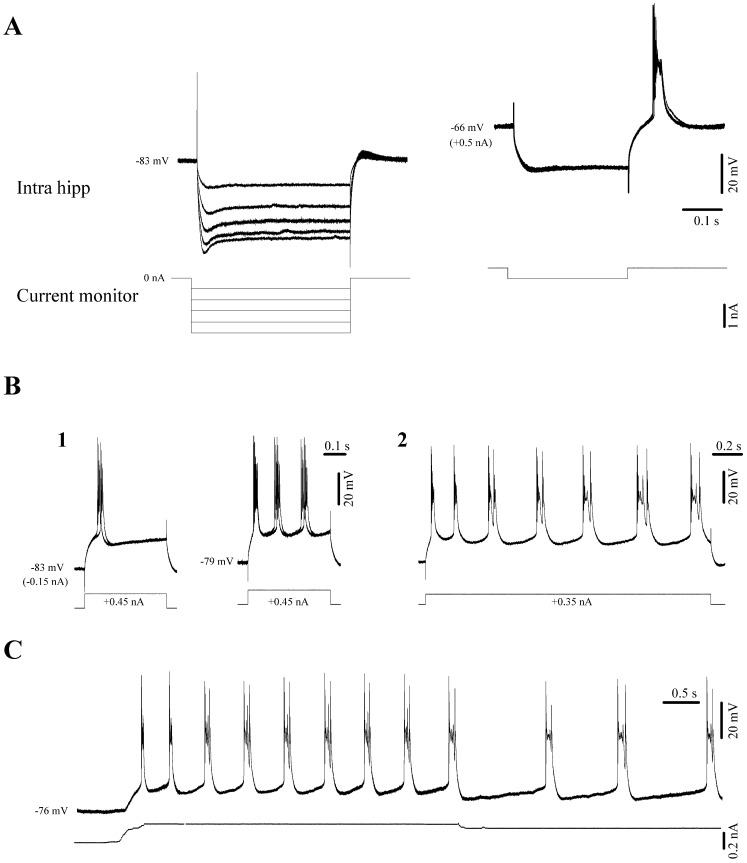Figure 5. Intrinsic properties of CA3 neurons under isoflurane in vivo.
(A) Hyperpolarizing pulses trigger Ih currents which increase with steady hyperpolarization (left). The same cell displayed discharge rebound bursts at more depolarized levels (right). (B) Depolarizing pulses trigger bursts of action potentials (1). Due to their activation characteristics we tentatively regard these bursts as high-threshold spikes (HTS). The HTS responses become rhythmic at more depolarized membrane potentials (1 right). Controlling the cell’s membrane polarization modifies the frequency of these oscillations (B2 and C).

